John Hurrell – 20 February, 2012
The collective theme is that of the cinematic, either through devised sequences that look ‘natural' as narratives, the use of imagery that explores illusionism and replicas, or carefully structured juxtapositions.
Auckland
James K. Lowe (Like Home), Haruhiko Sameshima (Ersatz), Ben Cauchi (The Doppler Effect)
It’s all make believe
Curated by Jenny Todd
10 February 2012 - 3 March 2012
Downstairs in the large main gallery of Two Rooms is a presentation of three series of photographs by James K. Lowe (Like Home), Haruhiko Sameshima (Ersatz), and Ben Cauchi (The Doppler Effect). The collective theme is that of the cinematic, either through devised sequences that look ‘natural’ as narratives, the use of imagery that explores illusionism and replicas, or carefully structured juxtapositions.
The series of eight coloured photographs by James Lowe on unframed panels suggest a sinister unfolding of events centred around a group of young people with guns camping in a forested and desolate landscape. The images thrive on teasing hints, not explicit depictions of actions, playing on viewer uncertainty - and so are similar in their calculated ambiguity to the filmmaking methods of Lucrecia Martel and in mood to the ‘feral youth’ photographic styles of Justine Kurland and Anthony Goicolea.
Lowe’s unframed chromira prints make the image forensic and less ‘art’, more matter-of-fact and less ‘adventure’. The dry temperate vegetation and pale cloudy skies reference Canterbury northwesters and a twitchy violence-prone ambience.
Haruhiko Sameshima’s amusing imagery explores verisimilitude and fakery, showing amongst his works a deep spaced mural on a Hollywood film lot’s high wall, a vivacious wax Marilyn at Tussaud’s, and a Korean prison on a Disney film set in Central Otago. Like Hiroshi Sugimoto he is fascinated by facsimiles and the confusion they cause within unexpected contexts. Sameshima is also interested in the ethical values conveyed in certain varieties of representation and narrative. Two photographed details from sentimental Victorian paintings extol family loyalty and medieval chivalry.
Ben Cauchi’s works are more cohesive. He presents two dark sepia coloured works, one a stained glove that could be bloodied as the result of a crime or else as the result of post-mortem examination, the other a suite of six photographs that tonally lighten at the centre and then darken again at the other end.
The latter work, The Doppler Effect, is a line of images where each is carefully positioned not within a chronological sequence (as with Lowe) but more as a balanced composition involving three pairs of ‘twins’ - the sets working their way into the centre from the left and out to the right. The combinations are: a crumpled cloth on a wall / a hanging deflated balloon; a young man with his hands hiding his face / same man seen from behind; a blank stretcher on an easel / a shut door at the bottom of some stairs.
Cauchi’s pensive array dwells on the latent and the unreleased, the potential alongside the curtailed. The title suggests transformation through motion, an unlocking through movement, while the juxtaposition of the balloon and rumpled rag with the head and hidden face implies the expansive properties of the human imagination and clarity of thought. Having the six images laid out together to construct a seventh is less like a comicstrip or film - and more like a long, precisely ordered, surrealist painting with its unnervingly strange, separate evocative parts.
With such divergent moods emanating from these three photographers, the show oddly seems to lack a dynamic core: the Lowe works are not other-worldly like Cauchi’s or some of Sameshima’s. Their escapism is perhaps over understated, bound tightly with the prosaic and ordinary, an alluded-to cinema that quietly whispers excitement in the everyday.
John Hurrell
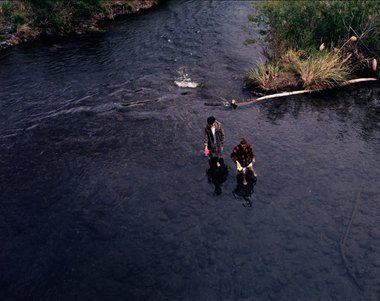
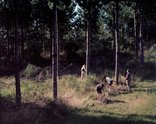
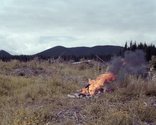
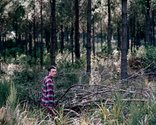
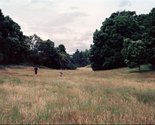
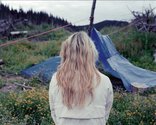
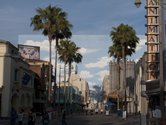
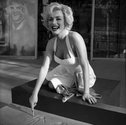

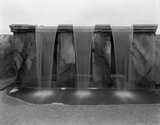
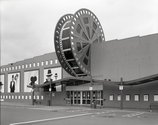







 Advertising in this column
Advertising in this column Two Rooms presents a program of residencies and projects
Two Rooms presents a program of residencies and projects



This Discussion has 0 comments.
Comment
Participate
Register to Participate.
Sign in
Sign in to an existing account.